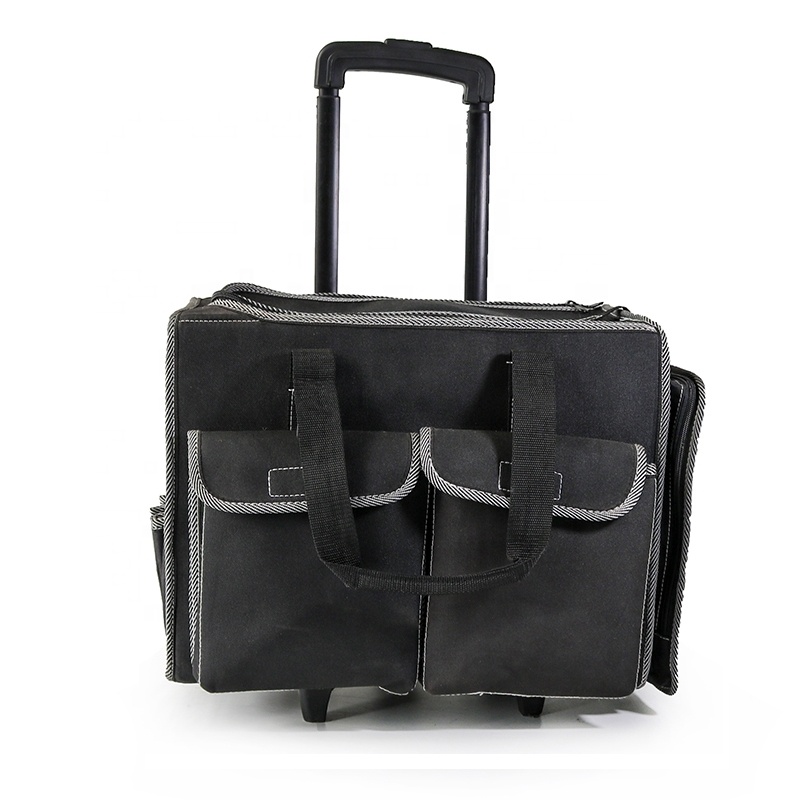Abstract According to statistics, China has become the world's largest robot market, but the level of R&D and manufacturing of local robots is still at a disadvantage in international competition. Among them, the key technologies of core components can not be attacked for a long time, which seriously blocks the healthy development of China's robot industry and exacerbates the industry...
According to statistics, China has become the world's largest robot market, but the level of R&D and manufacturing of local robots is still at a disadvantage in international competition. Among them, the key technologies of core components can not be attacked for a long time, which seriously blocks the benign development of China's robot industry and aggravates the risk of the industry's “national retreatâ€. Core technology lacks high cost
At present, only a few companies such as Guangzhou CNC, Nanjing Eston, and Shenyang Xinsong Robot are conducting independent research and development of core components such as control systems, drives and servo motors. Many domestic companies only integrate imported robots after purchasing imported parts, lacking core technology. Industry insiders worry that in the long run, the "short core components" will cause the survival space of local enterprises to be squeezed, and the risk of "national retreat into the ocean" will be amplified.
Due to the lack of core component technology, the bargaining space of Chinese enterprises in procurement is narrow, resulting in high cost and weak market competitiveness.
Wu Xinyu, deputy director of the Intelligent Bionics Center of the Shenzhen Institute of Advanced Technology, Chinese Academy of Sciences, and Wu Xinyu, deputy director of the Guangdong Provincial Key Laboratory of Robotics and Intelligent Systems, said that among the cost of industrial robots, the highest cost is the reducer, accounting for about 35%, servo motor About 25%, the controller accounts for about 15%, and the robot body accounts for less than 25% of the total cost. In the absence of core technology, the ontology robotics can control the profit is limited. A robot manufacturer in Nanjing, motors, controllers, and reducers are all imported from Japan, and the cost is too high to make ends meet.
According to industry insiders, the combination of various factors has led to the purchase price of core components by self-owned brand industrial robot manufacturers, which is usually much higher than that of international brand industrial robot manufacturers. The price is not very strong or can only be selected for performance. Independent brand parts.
Domestic robots are mostly "non-standard"
Lack of core technology, local companies are difficult to enter the mainstream market, compared with foreign products, the current domestic robots are mostly non-standard products.
The general manager of a robot manufacturer in Tianjin bluntly said that due to cost considerations, the company retreated to use the domestic reducer, which is difficult to compare with foreign products in terms of accuracy and longevity, which determines that the product can only go in the low-end route.
On the application side, this negative effect also appears. More than 30 robots used by China Energy Conservation Solar Technology (Zhenjiang) Co., Ltd. are worth more than 45 million yuan, all of which are foreign brands. Xu Limin, deputy director of the company's equipment management department, said that the robots of these foreign brands have greatly saved labor costs and increased the company's productivity. However, due to the existence of technical barriers, post-maintenance often seeks the support of these vendors, and each time it is charged, which leads to high cost of using robots.
"If the industrial robot is installed on the production line, once it is broken, it means that the entire production line will be affected. This is something we can't bear. So now using foreign brand robots is also helpless," he said.
Tool bag with wheels is a portable and convenient storage solution for tools and equipment. It typically features a large main compartment, multiple pockets, and a sturdy handle for pulling the bag along on its wheels.
Some popular features of tool bags with wheels include:
- Durability: Look for a bag made of strong materials like nylon, canvas or leather.
- Capacity: Consider the size of the bag and the number of tools you need to carry.
- Organization: Look for a bag with multiple pockets and compartments to keep your tools organized.
- Mobility: Wheels make it easy to transport heavy tools and equipment without having to carry them.
- Lockable zippers: To secure your tools and prevent theft, choose a bag with lockable zippers.
- Comfort: Look for bags with padded handles and straps for comfort while carrying.
- Weather-resistant: Consider a bag with weather-resistant material and zippers to keep your tools safe from rain and moisture.

Tool Bag With Wheels,Tool Rucksack With Wheels,Tool Backpack With Wheels,Small Rolling Tool Bag
ZHANGJIAGANG CITY XIANGLE TOOL CO., LTD. , https://www.xiangletoolbag.com